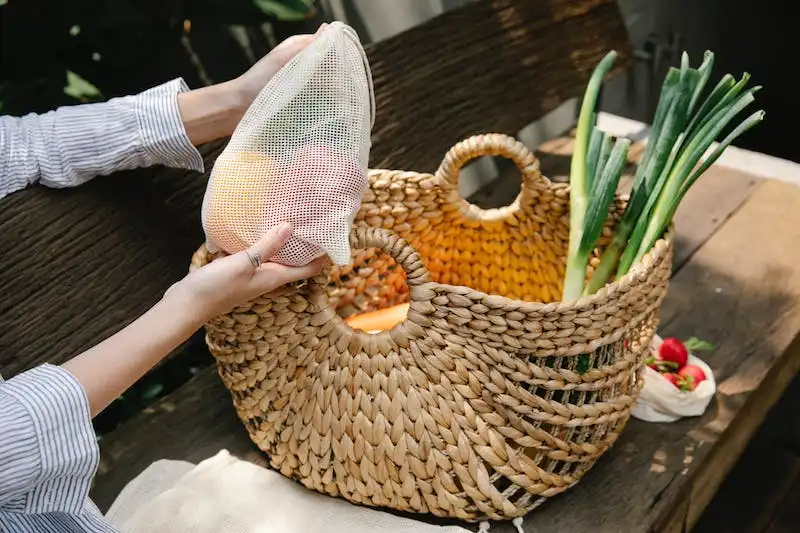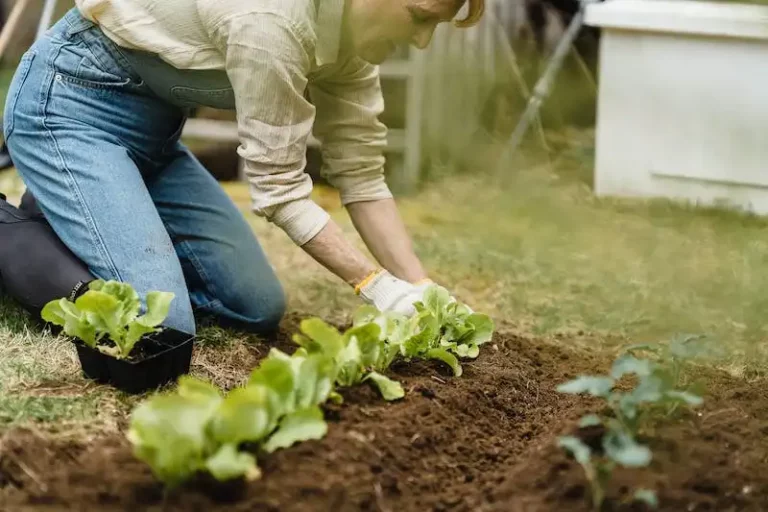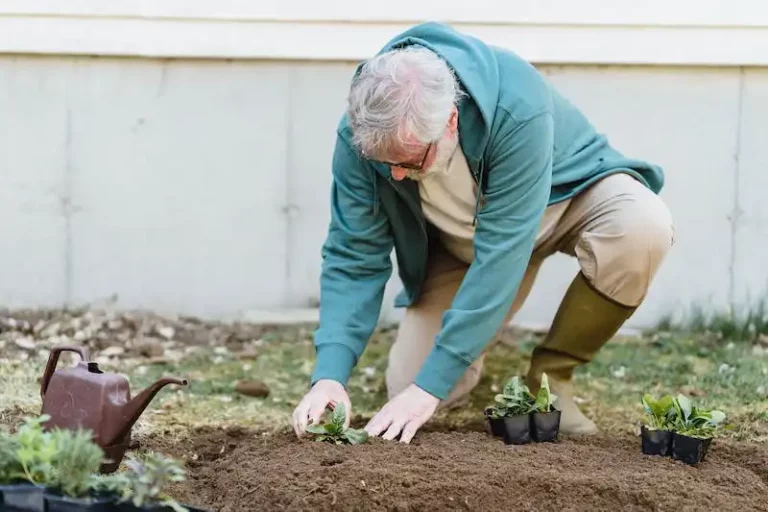If you’re a succulent lover like me, you may have come across the beautiful and hardy sempervivums, also known as hens and chicks. These small, fleshy plants come in a variety of colorful rosette shapes and sizes, making them a favorite among many gardeners. Whether you’re an experienced gardener or just starting out, learning how to grow sempervivum plants is a great way to add a touch of life to your home or garden.
Sempervivums are native to the mountains of Europe and are adapted to harsh growing conditions. They thrive in rocky, well-draining soil and require minimal maintenance. These water-wise plants can withstand extreme temperatures and are highly tolerant of drought. They prefer full sunlight and are commonly planted in containers or rock gardens.
When it comes to caring for sempervivums, the key is to provide them with the right growing conditions. They need well-draining soil that mimics their natural habitat. A mix of soil, sand, and gravel is ideal for planting sempervivums. These plants also require a spot with plenty of sunlight, especially in the early morning and late afternoon. However, be careful not to expose them to intense sunlight during the hottest times of the day.
It’s important to note that sempervivums are toxic if ingested, so be cautious if you have pets or children around. Additionally, these plants do not require much water, as they store moisture in their leaves. Overwatering can lead to root rot and other diseases. It’s best to let the soil dry out completely between watering. Sempervivums also do not require fertilization, as they can extract necessary nutrients from the soil.
One interesting feature of sempervivums is their ability to produce new plants. Each rosette, or “hen,” sometimes produces small sprouts, known as “chicks.” These can easily be separated and planted to grow new individual plants. Repotting and dividing sempervivums is best done in spring or fall, when they are entering their active growth phases.
In conclusion, learning how to grow sempervivum plants is a rewarding experience for any gardener. These hardy succulents offer a variety of colorful and unique rosette shapes, and can thrive in harsh conditions. By providing them with the right sunlight, soil, and water conditions, you can enjoy their star-shaped blooms and low-maintenance care throughout the year. So, if you’re looking to add some life and beauty to your garden, consider growing sempervivums – they’re sure to become a favorite in no time!
How to Grow and Care for Sempervivum
Sempervivums, commonly known as hens and chicks, are succulent plants that are easy to grow and care for. They have fleshy, rosette-like leaves and come in a variety of sizes, shapes, and colorful textures. Here are some tips on how to grow and care for sempervivums:
Light and Temperature:
Sempervivums prefer full sunlight, although they can tolerate light shade. They are frost-hardy and can survive in temperatures as low as -20 degrees Fahrenheit (-29 degrees Celsius). However, they might benefit from some shade during extremely hot summers.
Soil and Watering:
Sempervivums prefer well-draining soil, so make sure to plant them in a mixture of sand, gravel, and garden soil. Water them only when the soil feels completely dry. Overwatering can lead to root rot and cause the plants to die.
Spacing and Planting:
Sempervivums should be planted at least 6-12 inches (15-30 cm) apart from each other. This allows them to spread and grow freely. You can also grow them in separate containers or in rock gardens, where they can bring a colorful and textural look to your garden.
Propagation:
Sempervivums can be propagated through seeds, chicks, or offsets. Chicks are the baby plants that grow from the mother plant. You can separate them and plant them in separate locations. Seeds can be sown in early spring, and offsets can be removed and planted in the same way as chicks.
Maintenance:
Sempervivums are low-maintenance plants. They are drought-tolerant and do not require frequent watering. In most cases, sempervivums do not need fertilizers, but you can use a diluted succulent fertilizer during the growing season. They do not require regular repotting and can grow in the same container for several years.
Diseases and Toxicity:
Sempervivums are generally not prone to diseases. However, they can sometimes be affected by fungal infections if the soil is too moist. To prevent this, make sure the soil is well-draining and avoid overwatering. Sempervivums are non-toxic to humans but can be toxic to pets. So, keep them away from animals that might chew on the leaves.
By following these simple tips, you can easily grow and care for sempervivums in your home garden. Enjoy their forever green presence and their unique textures!
Growing Conditions for Sempervivum
Sempervivum, commonly known as hens and chicks, are fleshy, frost-hardy plants that are often planted in home gardens. They belong to the family Crassulaceae and are named for their ability to grow and reproduce themselves under various growing conditions.
Sempervivums are native to mountainous regions, primarily in Europe and northern Africa. They can be grown in USDA hardiness zones 3 to 11, making them suitable for a wide range of climates.
When it comes to growing sempervivums, there are a few key conditions they need to thrive. First and foremost, they prefer well-draining soil. Sempervivums have shallow roots, so it’s important to provide them with a pot or garden bed that allows excess moisture to escape.
These water-wise plants also need a spot where they can receive full sun for at least six hours a day. They can tolerate some shade, but their growth and color will be best in a sunny location.
In terms of temperature, sempervivums are cold hardy and can withstand frost. In fact, a period of cold temperatures is often necessary to trigger the growth of chicks, which are the small rosettes that sempervivums produce to reproduce themselves.
In the early spring, sempervivums send up a tall flower stalk that produces star-shaped blossoms. Once the flowers fade, the mother hen may start to produce chicks, which can be easily knocked off and transplanted to create new plants.
Sempervivums can also be grown from seeds, although this process can be a bit more challenging. The seeds need a period of cold stratification before they will germinate, so they should be sown in the fall or winter.
When it comes to pests and diseases, sempervivums are typically quite resistant. However, they can be susceptible to common garden pests such as aphids and slugs. Keeping your plants healthy and water-wise will help prevent these issues.
In general, sempervivums are relatively low-maintenance plants. They rarely need to be watered once established and can tolerate drought. They also don’t require much fertilizer, as they are adapted to growing in poor soil conditions.
If you’re growing sempervivums in a pot, make sure to use a well-draining potting mix and repot them every few years to refresh the soil. This will help ensure their continued health and vigor.
In conclusion, with the right growing conditions, sempervivums can be a colorful and attractive addition to your home garden. Whether you’re a beginner gardener or an experienced plant enthusiast, learning how to grow and care for sempervivums is sure to bring you joy and satisfaction.
Light
Sempervivum plants, commonly known as hens and chicks, require bright, direct sunlight to thrive. They are native to mountainous regions, where they are often found growing on rocky slopes or in crevices. In their natural habitat, they receive full sunlight for most of the day.
When growing sempervivum plants at home, it is important to provide them with a similar level of light. Place them in a spot that receives at least 6-8 hours of direct sunlight each day. If you’re growing them indoors, place them near a south-facing window or provide supplemental lighting using grow lights.
Too little light can cause the leaves of sempervivum plants to elongate and lose their vibrant colors. On the other hand, too much intense sunlight can cause the leaves to burn and turn brown or red. Therefore, it is important to find the right balance of light for optimal growth.
Sempervivum plants can tolerate some shade, especially during the hottest part of the day. However, prolonged shade can result in weak growth and stretched, etiolated rosettes. Make sure to avoid placing them in areas with heavy shade.
It is also worth noting that sempervivum plants are winter hardy and can tolerate freezing temperatures. In fact, they often require a period of cold dormancy to thrive. However, it is important to protect them from excessive moisture during winter, as this can lead to rotting.
In general, sempervivum plants are low-maintenance and can withstand a wide range of growing conditions. They are drought-tolerant and prefer well-draining soil. However, they are susceptible to pests and diseases such as mealybugs and root rot, so be sure to monitor them regularly.
For more information on growing sempervivum plants, check out the following links:
1. Sempervivum Care Tips – Learn about the general care and maintenance of sempervivum plants.
2. Sempervivum Propagation – Find out how to grow sempervivum plants from offsets or seeds.
3. Sempervivum Varieties – Discover different varieties of sempervivum plants and their unique characteristics.
4. Sempervivum Toxicity – Learn about any potential toxicity concerns associated with sempervivum plants.
By providing the right growing conditions and ample sunlight, you can enjoy the beauty and resilience of sempervivum plants for years to come.




